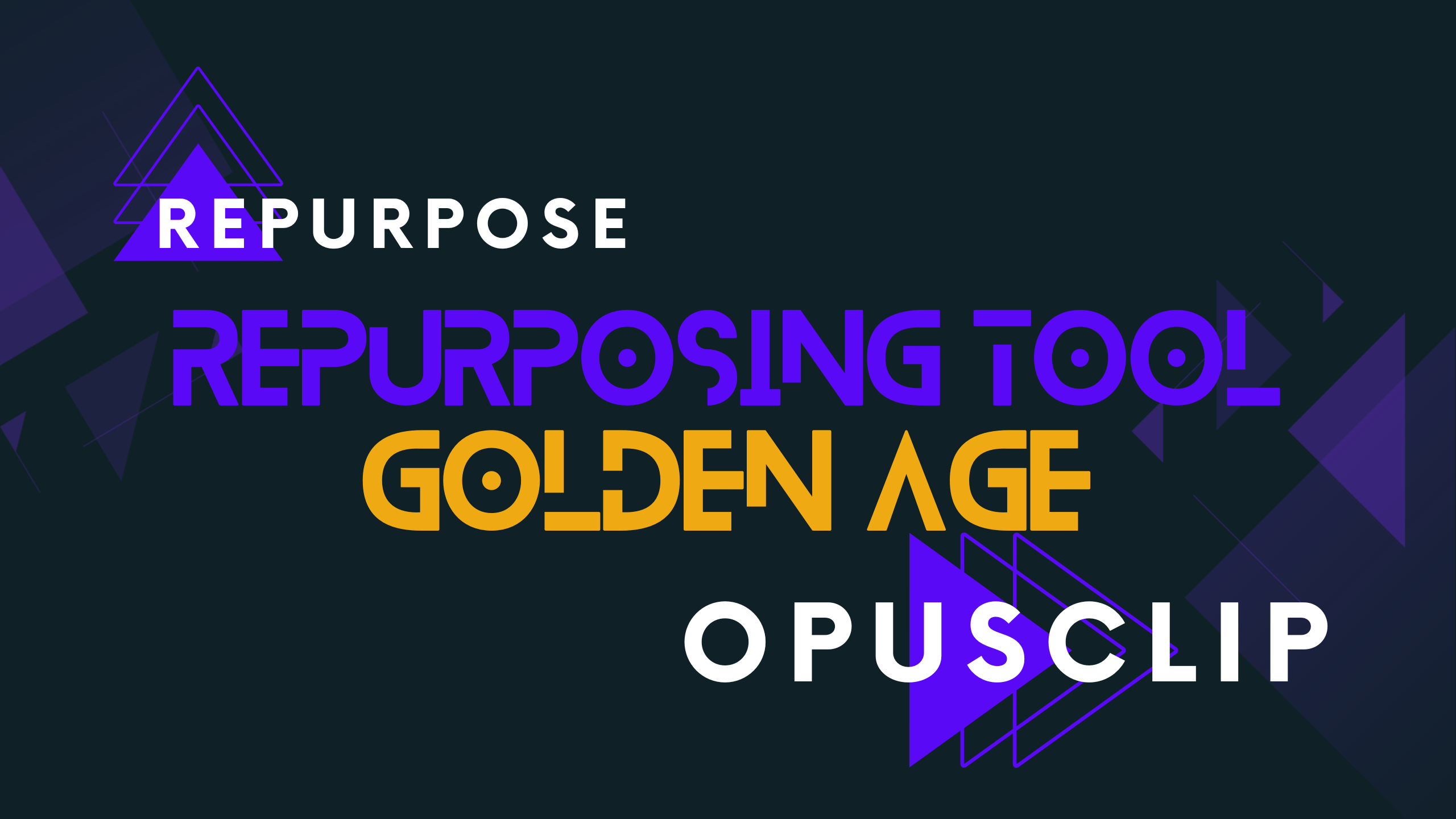I've been teaching swimming for the better half of a decade.

Why Do We Swim?
There is an underlying philosophy behind swimming, after years of teaching people how to swim, that I have strongly noticed. The whole idea behind swimming is movement through water, displacing the water, so that your body can move forward. Being able to perceive that and utilize that idea is what makes some swimmers great. Such as Michael Phelps, as he realizes the little nuances that give him better speed.
The ideology is about allowing your body to move with the least amount of resistance as possible. The fluid movement of the water is called Aqua dynamics, or hydro dynamics. The movement of the body through water. This in essence is called Flow, the ability of freely moving with the waves. That is the ultimate goal of a swimmer, whether they know it or not. The action of movement needs to have the least amount of resistance, and the movement of a wave. That is what swimming is about, and that is the premise to the philosophy of swimming~!
Flow
The fluidity of movement is what we should focus on, not only if you are trying to learn to swim, but even in an outside situation like you reading this now. Swimming trains you on skills that can be used in all areas of life, and allows you a better life even outside the pool. Some of those skills include breath manipulation, strength exertion training, balance, flexibility, and even brain training just to name a few. How does this happen you ask? Well in order to swim any kind of distance you need to know how to breath, while traversing the water. Being able to turn your head at the right time, with concurrent movement of the arm, can take a lot of focus and control.
You have to at first consciously think about every little movement you are doing, in order to get the maximum result. It is not about being perfect, it is about being consistently near perfect each time. Perfection is a goal often sought after, but especially in this case it is a fallacy.
Remember to stay in control of your body, and allow the water to move in the way it is going to. A lot of people get stuck on the idea of forcing the displacement of water, and they splash around a lot, and exert almost all of their energy to move a meager 10ft. This is not only unreliable, but utterly useless to them, as it will not let them move in the water. Efficiency minded individuals will realize that keeping your head down keeps you stable, diving your hands allows for smooth entry, kicking your legs straight allows higher control and speed, and simply getting the arms out of the water gives you a higher level of precision movement!
Balance
This post today is brought upon by the simplicity of the idea, yet the complex nature of learning it. It is hard for some people to learn to swim no matter how simple you make the lesson. That is completely fine, as many people learn things differently, and perhaps swimming is just their crutch. As reading is for other people. Fact of the matter is everyone can, and should, learn to swim. It is a life skill, and I hope some of this philosophy here today helps you become a better swimmer!
It is all about the balance of exertion between different parts of the body, at different times. Legs for the most part kick continuously or in a strict pattern. The arms must keep a cyclic manner in order to properly make use of both arms in a session. The breathing must be timed with the arms, or you will struggle with getting your head out of the water. All of these concepts come together to be a very mindful person. I’ve seen people go from being terrified of the water, to swimming a mile without breaking a sweat. This insane amount of change is a potentiality in any person! Not just with swimming, but with any challenge it is in our blood as humans to make a change in our lives. As well as benefit greatly as a person from learning the new skill. Swimming in particular however exudes a multitude of applications even outside the water.
- Cardiovascular endurance is a very common attribute to swimmers.
- Overall muscle development, as swimming is one of the few things that work the whole body to some degree.
- Breath manipulation allows you to control your heart rate, which is a skill I have used in stressful situations, in the gym, or even when having to hold my breath for some reason or another.
- The focus you have to have over your body, gives you unparalleled practice in mental stimulation (in this manner).
Three Simple Steps
With all of this in mind, it can seem to be a very viable option for Self-Development, which it is! Simply put swimming can improve your life in many ways. Even going as far as increasing your level of physical balance on land.
Always focus on three steps, and this is something I tell ALL of my students.
- Keep your legs straight, don’t bend your knees.
- Face down, in the water, relaxed neck.
- Get your arms OUT of the water, then DIVE back in.
Keeping a proper form can be tough, but the challenge is well worth it for the reward. Not to mention being able to move your body so fast compared to being on land, can be an exhilarating experience. Take heed of the philosophy today, the movement you do, can always be improved on fluidity. Everyone starts to retract in their skills, any skill, if they wait long enough before practicing again. Meaning you can always get better, or there will always be another level!
Push harder, get stronger, and remember to flow!
Cheers!
For more check out my other blog posts on PolyInnovator!
Anywhere from Self-Development, Self-Education, to a Modular Degree! There are more posts coming for the Polymath Exercise tag, which includes all the awesome swimming content!
![Official Website for Dustin Miller PolyInnovator [LLC]](https://polyinnovator.space/content/images/2025/03/polyinnovator-logo-2024.png)











